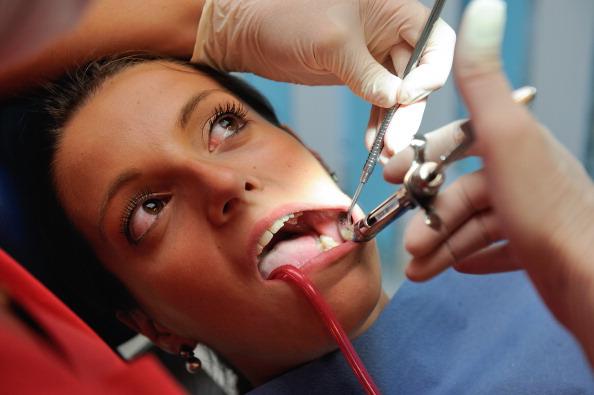In the last few years, dentistry has gone digital with significant benefits for patients. New technologies allow for better treatment and an improved patient experience.
A rapidly growing digital technology, computer aided design (CAD), also called computer aided manufacturing (CAM), has revolutionized the experience of getting crowns, onlays, veneers, bridges, and implants. These machines allow most single tooth restorations to be completed from start to finish, in a single visit.
For patients, this means no more temporaries coming loose, no more second trips and no more second injections!
An additional benefit is that the restorative materials used with CAD/CAM are metal free which are more esthetic and may require less drilling away of the tooth. Virtual molds, (or duplicates of the teeth), are captured with a digital scanner so the messy, annoying trays filled with goop are eliminated. Offices that have a CAD/CAM lab, may even be able to do full smile makeovers in one day.
More Convenience, Less Radiation, Fewer Chemicals
Orthodontics has also gone digital. Tooth movement can be planned on CAD software and then using 3D printers, clear aligners are manufactured. This has been very popular with adults who want to straighten their teeth but don’t want traditional braces.
X-rays have transitioned from film to digital sensors with the majority of offices now using digital systems. The newest digital sensors are more accurate than film and expose patients to less radiation. In fact, the typical dose for checkup x-rays is now at the level of daily background levels. Digital sensors are also better for the environment as there are no chemicals used in their processing. The picture is available instantly which means fewer x-rays and they can be easily emailed if you move or switch dentists.
New 3-D digital scans are quickly gaining acceptance and the extra dimension can provide significantly more information. This feature is especially useful in planning implant placement as it allows the surgeon to know the exact shape of the bone. This results in the best final implant position and can also minimize the surgery and recovery. 3-D digital imaging can also be helpful for wisdom tooth extractions, airway evaluation and other diagnostic challenges.
When it comes to patient convenience, the digital office can’t be beat. Online registration can be a big time saver. Not only can you fill out forms at your own schedule, you also have access to all your personal information so you can complete the registration process accurately. This saves time as well as extra trips as the doctor can review your history in advance and front desk can schedule your appropriately. Many dental websites contain valuable health information and some offer appointment confirmation and on-line bill payment.
Some offices have incorporated fully digital records though this is not as common as in medical practices. With these systems, doctors and staff no longer have to sift through loose papers and x-rays to get your information. The records are easily transferable if you move or switch practices. Digital records also make it easy to save photos which can be helpful in monitoring changes in the mouth.
Dr. Koenigsberg has been in practice since 1980 and is a partner at Gallery57Dental. Gallery57Dental is a showcase for Sirona, the world’s largest dental equipment manufacturer. The office is fully digital and has been featured in Modern Dentistry as a prototype of the dental office of the future.





